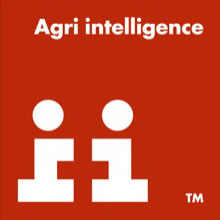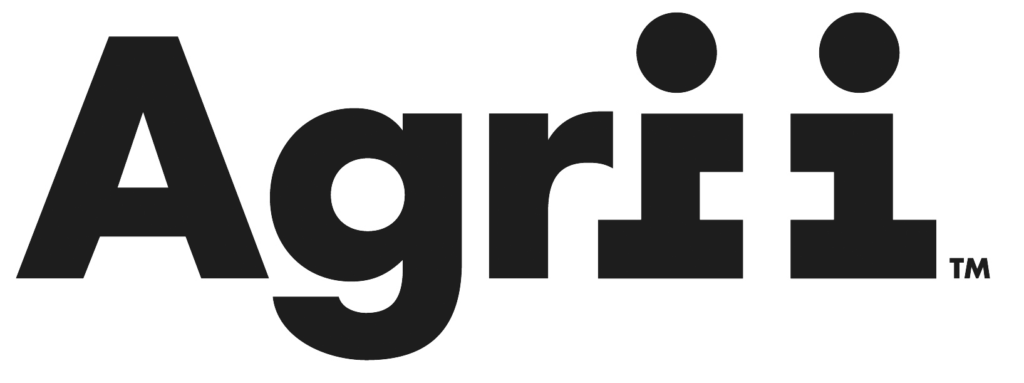Outbreaks of coccidiosis in sheep is more likely to be a greater problem in spring born lambs than in adult breeding ewes. Ewes excrete oocysts in smaller numbers than spring lambs but will still contaminate susceptible areas.

Following the ingestion of coccidian oocysts from a contaminated environment the parasites invade and multiply in the cells of the lining of the intestine.
Lambs ingest the oocysts and, inside the gut, multiply and burst open, causing damage to the lining of the gut, resulting in large numbers of oocysts being shed in the faeces, affecting the problem of further contamination.
Care should be taken to avoid ongoing contamination by making sure housed and penning areas at lambing time are kept clean, also poached areas around creep feeders, and feed troughs at pasture cause a greater risk than dryer areas.
Lambs are particularly susceptible after about 4 weeks of age when protection from the ewe’s colostrum has reduced and the lamb’s own immunity levels to the disease has not fully developed. Preventative measures to reduce further contamination is advised.
Providing the correct veterinary advice is obtained and the appropriate prescription is issued; Decoquinate as an in-feed medication can be fed to the flock. Correct intake levels and the number of feeding days are important to reduce the number of oocysts passed onto the pasture or housed units.
Oral drenches such as Diclazuril can be administered to lambs at around 4 to 6 weeks of age to reduce build up and prevent further contamination. If there is high infection pressure a second treatment may be necessary approximately 3-4 weeks after the first dose. Ensure that the correct dose is given according to bodyweight. The withdrawal period for both lambs and calves when treated with Diclazuril is zero days.
For more information around animal health, please contact your Agrii advisor or contact David Pryce by emailing david.pryce@agrii.co.uk.


